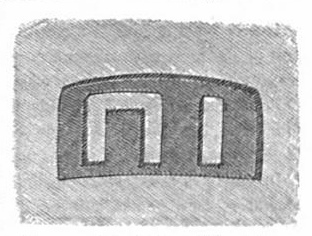“Twelve Ways to Commit Suicide,” from the American Medical Journal, reprinted in the Manhattan and de la Salle Monthly, 1875:
- Wearing of thin shoes and cotton stockings on damp nights and in cold, rainy weather. Wearing insufficient clothing, and especially upon the limbs and extremities.
- Leading a life of enfeebling, stupid laziness, and keeping the mind in an unnatural state of excitement by reading trashy novels. Going to theatres, parties and balls in all sorts of weather, in the thinnest possible dress. Dancing till in a complete perspiration, and then going home without sufficient over-garments through the cold, damp air.
- Sleeping on feather-beds, in seven-by-nine bedrooms, without ventilation at the top of the windows, and especially with two or more persons in the same small, unventilated bedroom.
- Surfeiting on hot and very stimulating dinners. Eating in a hurry, without masticating your food, and eating heartily before going to bed every night, when the mind and body are exhausted by the toils of the day and the excitement of the evening.
- Beginning in childhood on tea and coffee, and going from one step to another, through chewing and smoking tobacco and drinking intoxicating liquors, and physical and mental excesses of every description.
- Marrying in haste and getting an uncongenial companion, and living the remainder of life in mental dissatisfaction. Cultivating jealousies and domestic broils, and being always in a mental ferment.
- Keeping children quiet by giving paregoric and cordials, by teaching them to suck candy, and by supplying them with raisins, nuts, and rich cake. When they are sick, by humoring their whims, indulging their fancies, and pampering their appetites, with the mistaken notion of being extra kind to them.
- Allowing the love of gain to absorb our minds, so as to leave no time to attend to our health. Following an unhealthy occupation because money can be made by it.
- Tempting the appetite with bitters and niceties when the stomach says No, and by forcing food when nature does not demand and even rejects it. Gormandizing between meals.
- Contriving to keep in a continual worry about something or nothing. Giving way to fits of anger.
- Being irregular in all our habits of sleeping and eating, going to bed at midnight and getting up at noon. Eating too much, too many kinds of food, and that which is too highly seasoned.
- Neglecting to take proper care of ourselves, and not applying early for medical advice when disease first appears. Taking celebrated quack medicines to a degree of making a drug shop of the body.






